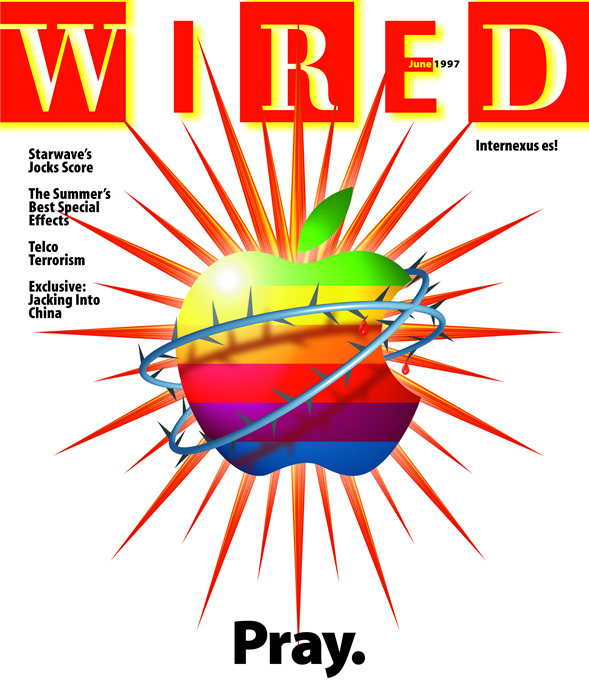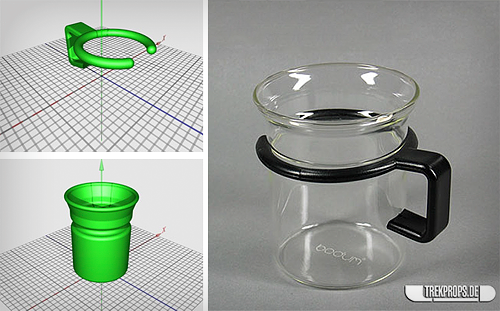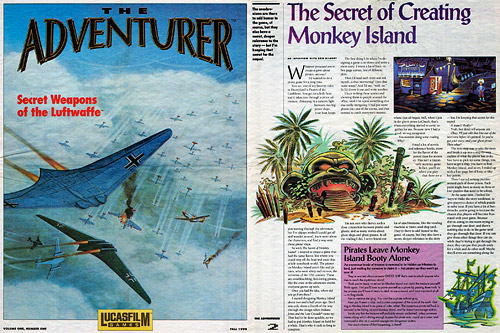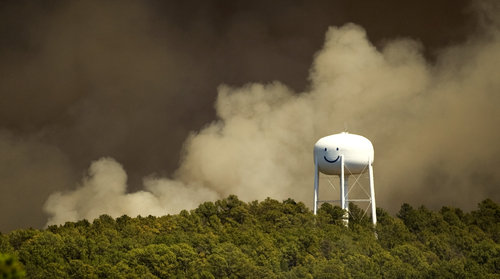Links and write-ups about beautiful things from around the web!
-
Rip Steve Jobs

I remember when Wired ran their May, 1997 issue, focusing on the downfall and imminent demise of Apple with this striking (and to some, controversial) cover. Most of their “101 Ways to Save Apple” suggestions are in hindsight nonsensical (merge with Sega to make games!), a few were prescient (build a ~$250 PDA phone that can do email!), but one definitely stands out as the prize winner:
50. Give Steve Jobs as much authority as he wants in new product development. … Even if Jobs fails, he’ll do it with guns a-blazin’.
He definitely didn’t fail, by anybody’s standards. It’s hard to think of many individuals out there who have had a bigger impact on popular computing and technology, not to mention who have led the charge for design and innovation as still-relevant business ideals in the 21st Century. RIP Steve Jobs.
-
The cannibal curse of corporate prose
From the NY Times review of the updated 2011 “digital” edition of How to Win Friends and Influence People:
The following sentence, which appears on Page 80, is so inept that it may actually be an ancient curse and to read it more than three times aloud is to summon the cannibal undead: “Today’s biggest enemy of lasting influence is the sector of both personal and corporate musing that concerns itself with the art of creating impressions without consulting the science of need ascertainment.”
I don’t think they like the book’s modernized language.
-
Captain Picards Utah Teacup

As the Make post says, this 3D-printable model of Captain Picard’s teacup would be a good benchmark for the nascent fabrication technology (the image on the right is a photo of the original Star Trek prop, which was just an off-the-shelf Bodum teacup). That it could be seen as a sly progression from the famous Utah teapot I think makes it an especially worthy benchmark!
Obligatory: “Tea! Earl Grey. Hot.”
-
littleBits: the Pipe Cleaner and Popsicle Stick of the 21st Century
littleBits — pre-assembled circuit modules that are designed to help kids, novices, and anyone curious about programming, logic, and electronics get started without the obstacles of soldering or wiring. The various modules snap together with small magnets, a great idea to keep it as simple as playing with LEGOs.
At littleBits, we believe we need to create scientific thinkers and problem-solvers, and interventions need to occur early. The time is ripe to create the pipe cleaner and the popsicle stick of the 21st century.
(Via Make)
-
The Deleted City
The Deleted City, an installation that lets visitors explore the virtual ‘homesteads’ of Geocities.com, the most popular gathering place on the 1990’s WWW. For those not familiar, the site made it easy for the average person to set up a basic website (tacky graphics and all), and then group it into a ‘neighborhood’ based on the site’s presumed subject matter.
The installation is an interactive visualisation of the 650 gigabyte Geocities backup made by the Archive Team on October 27, 2009. It depicts the file system as a city map, spatially arranging the different neighbourhoods and individual lots based on the number of files they contain.
In full view, the map is a datavisualisation showing the relative sizes of the different neighbourhoods. While zooming in, more and more detail becomes visible, eventually showing invididual html pages and the images they contain. While browsing, nearby MIDI files are played.
I love the choice of music for this demo video.
-
Lucasarts Adventurer

OMG OMG, some kind soul is posting good-quality, full-page scans of all of the old LucasFilm Games / LucasArts Adventurer magazines! Created at the company’s artistic height, these gems were half retail catalog, half inside scoop trivia treasure trove, decked out with never-to-be-seen-again Steve Purcell art (including single-page Sam & Max comics parodying the major Lucas game release featured that issue). They now sell for an arm and a leg on eBay.
I used to have every one of these, but they all vanished to whatever corner of the landfill my triangular Day of the Tentacle box and Dial-A-Pirate wheels ended up in…
(Via MixNMojo)
-
Bleep Labs Soldering 101
Bleep Labs gives a quick soldering demo. I wish all videos like this had such excellent synthy noises to accompany the action.
-
B-I-Bicky-Bi
Thanks to the Alamo Drafthouse’s always-amazing preshow entertainment reels, Marsha and I have had this Three Stooges earworm stuck in our head for the past week. Maybe now you’ll be stuck with it too.
(PS for cartoon fans: this song is the origin of a classic Dale Gribble-ism)
-
Central Texas Wildfire Water Tower

Out of all of the photos of the devastating central Texas wildfires, at least this one of my favorite water tower is ominously cheerful.
Detailed info about the extent of the damage is available from the the Texas Forest Service, and here’s information about how you can help.
(Photo credit: Jay Janner, Austin American-Statesman)
-
STRIPPED: the Comics Documentary
Do you enjoy newspaper comics? Want to learn more about their history and place in the world through interviews with a laundry list of comic artists? Then you might be interested in helping these guys in Kickstarter finish out their documentary: STRIPPED: The Comics Documentary
(Via The Comics Curmudgeon)
